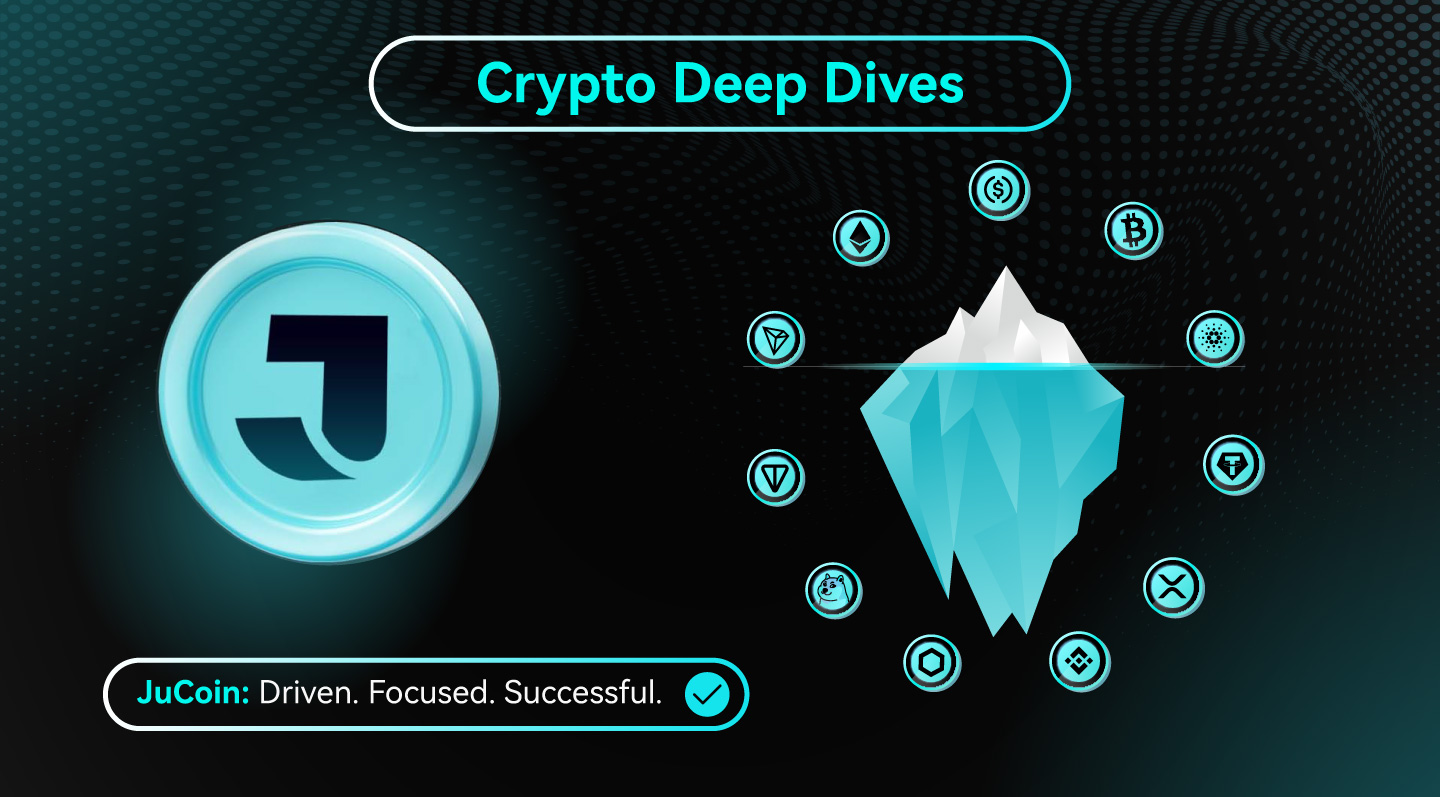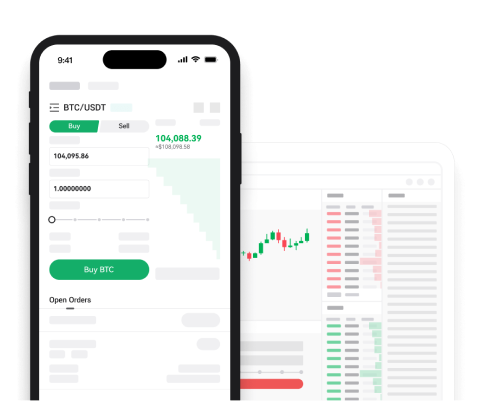
Key Takeaways
- The blockDAG consensus model, powered by the PHANTOM GHOSTDAG protocol, unlocks high throughput and instant confirmations, marking a step change from traditional blockchain networks.
- Mining has rapidly evolved from CPU and GPU to ASIC dominance, with state-of-the-art machines like IceRiver KS7 and Antminer KS5 Pro fueling sector competition and profitability.
- The May 2025 Crescendo hard fork was a milestone, increasing block rates from 1 to 10 blocks per second and ushering in a new Rust-based codebase for greater performance.
- Decentralization remains central, with nodes widely distributed across the US and Europe and a marketing approach rooted in community and grassroots participation.
- Layer 2 initiatives leveraging blockDAG are set to deliver EVM-compatible smart contracts by late 2025, positioning the network for deeper dApp integration and broader Ethereum interoperability.
The blockDAG consensus is rapidly transforming how Layer-1 networks deliver speed, scalability, and security. Among the most prominent adopters, Kaspa (KAS) demonstrates how a directed acyclic graph (DAG) structure, combined with the PHANTOM GHOSTDAG protocol, can achieve high transaction throughput and near-instant confirmation times, something legacy blockchains still struggle to offer. Since 2021, the evolution of its mining, technical architecture, and community-driven development has positioned Kaspa and the blockDAG model at the leading edge of Proof-of-Work innovation.
This article discusses the evolution of blockDAG consensus networks, using Kaspa as a case study, and explores key advancements in mining, network upgrades, decentralization, and the move toward EVM-compatible smart contracts.
Mining Evolution: From CPU to ASIC Dominance
The mining landscape for blockDAG consensus networks like Kaspa reflects the ecosystem’s relentless drive for efficiency and decentralization:
- CPU Mining Era (2021): Early adoption favored accessible CPU mining, enabling broad participation and reinforcing decentralization.
- GPU Mining (2021–2023): As network security and difficulty increased, GPU mining became the standard, offering more robust hash rates and energy efficiency.
- ASIC Mining (Mid-2023–present): With ASICs now leading, regular hardware upgrades (notably IceRiver KAS KS7 and Antminer KS5 Pro) continue to push the envelope for hash rate and profitability.
At a recent price point of $0.075945 per KAS, top ASIC models such as the KS5 Pro and KS7 can net between $117–$178 per day (after power costs), with payback periods of just a few months, making blockDAG mining a compelling proposition for both new and established miners.
Node Distribution: Decentralization in Practice
The global distribution of nodes in blockDAG consensus networks is foundational to their resilience and security. Kaspa’s network, for example, is anchored primarily in the US and Europe, with notable nodes in Germany, France, and Central Europe. This widespread footprint ensures robust decentralization and resistance to single-point failures.
Community and Marketing: A Grassroots Approach
The rise of blockDAG consensus networks is closely tied to community-driven strategies:
- Attracting Miners: Generous block rewards and network performance improvements have drawn miners from both the Ethereum PoS shift and the Bitcoin ecosystem.
- Open-Source Development: BlockDAG projects typically prioritize open governance, empowering users and developers through a decentralized, collaborative framework.
- Influencer Partnerships & Listings: Strategic alliances with key industry voices and major exchange listings have bolstered global awareness and liquidity.
- Grassroots Events: Initiatives like the Community Marketing Fund (CMF) support conferences, social campaigns, and partnerships, building a loyal user base from the ground up.

Technical Principles: PHANTOM GHOSTDAG and BlockDAG Consensus
The signature innovation behind modern blockDAG networks is the PHANTOM GHOSTDAG protocol, which extends Nakamoto consensus for a multi-block architecture. Instead of a single chain of blocks, blockDAG allows multiple blocks to be created and referenced in parallel, massively boosting throughput and minimizing confirmation times.
- Block Types: The protocol recognizes several block relationships (Past, Future, Anticone, Tips) to manage network connectivity and transaction order.
- Parameter k: This value fine-tunes parallelism, letting the network dynamically balance speed and security.
- Security: GHOSTDAG’s linear sorting ensures that honest mining activity is favored, defending against double-spending and potential attacks.
Recent Upgrades: Crescendo Hard Fork and Performance Gains
A landmark moment for the blockDAG ecosystem arrived in May 2025, as the Crescendo hard fork went live. The upgrade raised block production from 1 to 10 blocks per second and migrated the codebase to Rust for enhanced speed and reliability. This upgrade highlights the adaptability and performance potential of blockDAG consensus protocols.
Smart Contracts and EVM Compatibility: Layer 2 Developments
Although native Layer-1 smart contract support remains in development, blockDAG networks are rapidly advancing:
- Kasplex L2: Leverages rollup architecture to support EVM-compatible smart contracts, expected to go live by late 2025.
- Sparkle Project: Targets WASM/Rust-based VMs with EVM compatibility—prototypes anticipated by the end of 2025.
- Further EVM Initiatives: Additional projects aim to simplify EVM deployment and broaden dApp compatibility.
These solutions will open up the network to a broader developer ecosystem and facilitate deeper integration with Ethereum and other smart contract platforms.
Conclusion: Why blockDAG Consensus Could Redefine PoW Networks
The evolution of blockDAG consensus protocols signals a new era for scalable, decentralized Proof-of-Work networks. With ongoing advancements in mining hardware, continuous performance upgrades, and active grassroots communities, projects like Kaspa are redefining what’s possible for open, secure blockchain infrastructure. As network upgrades and smart contract compatibility roll out, blockDAG consensus is poised to power the next generation of high-performance blockchain applications, delivering both the scalability and decentralization that the crypto space demands.






